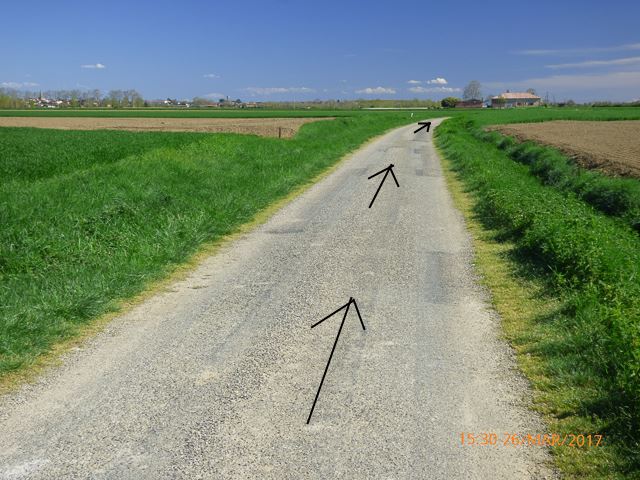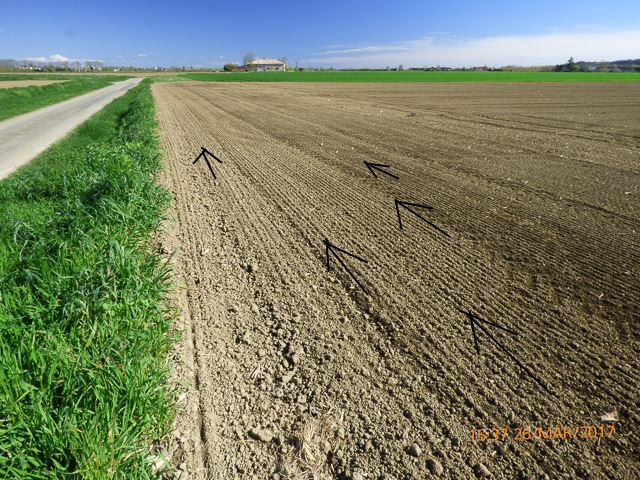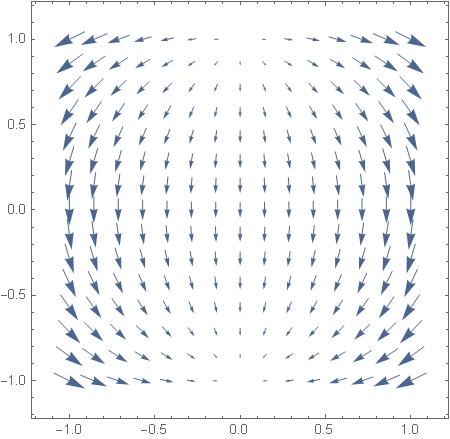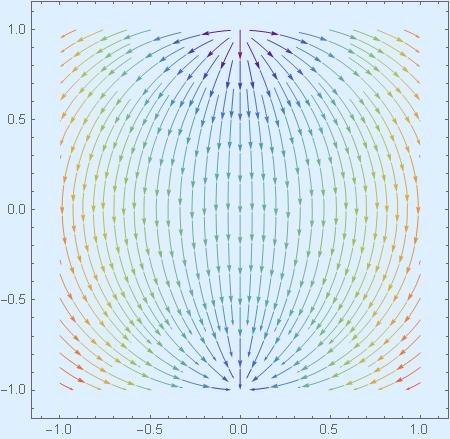Whenever there is a path, there are vectors tangent to that path. Like here, on the picture below. I went outside for a walk, in search of vector fields. At first couldn’t find any, but then I realized that there is a vector tangent to my path, at every point of my path. Here are three such vectors:

But then, I looked to the right of the path, and there I saw a real, two-dimensional field of vectors.

Then, at home, I used Mathematica to produce an artificial vector field:

And I have generated its stream lines:

To every vector field we have associated flow represented by steam lines, and to every flow of stream lines we have associated vector field. We generate stream lines from vector field by integration, we generate vector filed from flow of stream lines through differentiation.
Here is how I did it in order to create the two graphs above:
I thought about one-parameter family of transformations on the complex plane, but not too trivial one. Something that I did not know in advance how exactly it would look like. The following has occurred to me:
![]()
where ![]() Notice that
Notice that ![]() and
and ![]() To check the first property takes a little bit of calculations. In order to obtain the vector field from this “flow of complex numbers” I am calculating the derivative:
To check the first property takes a little bit of calculations. In order to obtain the vector field from this “flow of complex numbers” I am calculating the derivative:
![]()
I used Mathematica to get
![]()
To draw this vector field on the ![]() plane I write
plane I write ![]() and calculate
and calculate
![]()
So
![]()



